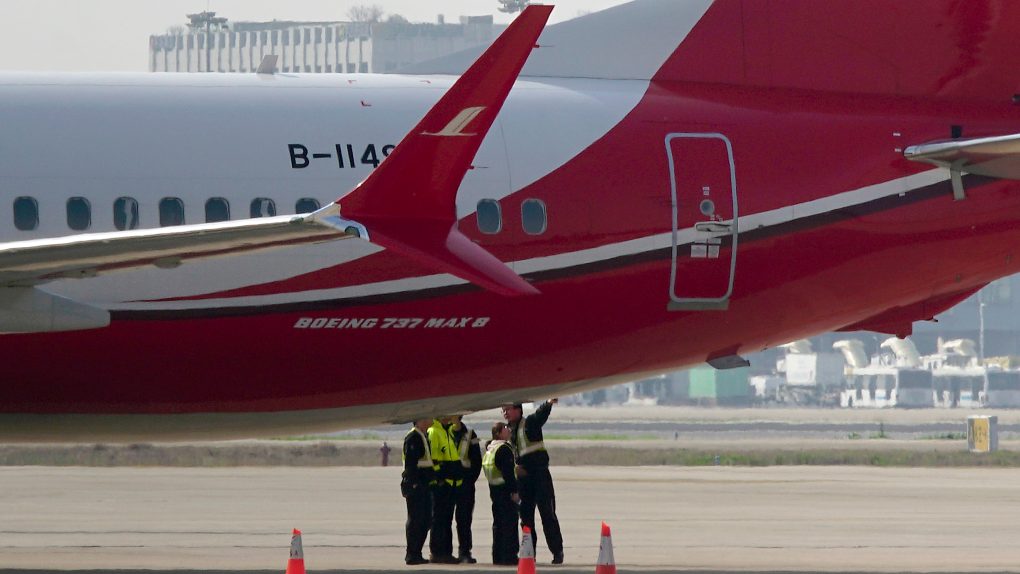Days after the second fatal crash of a Boeing 737 MAX 8 airliner, airlines around the world have been forced to ground the vehicles until further notice. The crash, which was the second in just five months involving Boeing’s extremely popular new commercial jet, killed 157 people when it came down just minutes after takeoff in Ethiopia.
Thus far, the governing bodies for air travel in the UK, China, Singapore, and Australia have made the decision to temporarily restrict takeoffs of the popular aircraft. Individual airlines in South Africa, South Korea, Argentina and Mexico have also chosen to ground their 737 MAX 8s out of an abundance of caution.
The previous crash, which happened late in 2018, resulted in 189 deaths when the new Boeing plane came down in the Java Sea. There were no survivors of either crash, and both this latest incident and the months-old crash remain under investigation by transportation authorities.
Many aviation experts have grown more and more vocal in the days since the latest crash, imploring countries to ground the planes until a cause can be determined. Thus far there has been no indication of pilot error in either of the crashes, but there’s also been no word of mechanical failure or any problem with the planes themselves.
Grounding a specific model of a plane is rare but not unprecedented. In this case, the uncertainty of what caused both planes, which were quite new, to go down has forced regulators to manage the risk and issue restrictions.
Commercial airline crashes are very, very rare, so for two planes to come down within five months of one another — and for both of those planes to be the same model from the same manufacturer — is unheard of. The circumstances surrounding the crashes are also quite similar, with both flights coming down shortly after takeoff and with the pilots reporting some kind of issue with the plane and requesting immediate return to their airports.
Airline crash investigations typically take many months to complete. A report on the 737 crash from October 2018 was expected sometime around August of 2019, and it may be a while before we learn what exactly went wrong in both flights. In the meantime, Boeing’s new planes may continue to collect dust.








